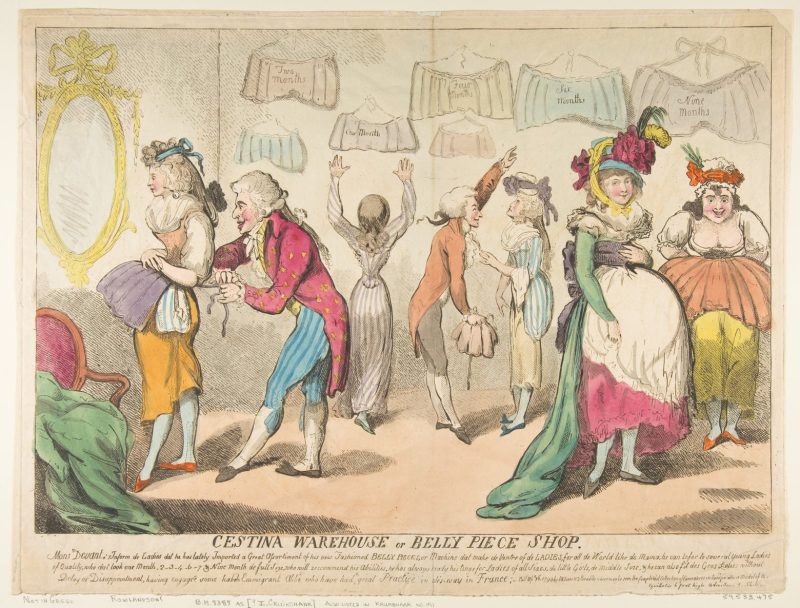
The history of pregnancy is far more nuanced than we might initially imagine. While modern methods of confirming pregnancy are readily available, the past held different challenges and, surprisingly, different methods of deception. A fascinating look into 18th-century Europe reveals a rather unexpected practice: faking pregnancy using strategically placed pads. This wasn’t some isolated incident; it was a surprisingly common occurrence, driven by a complex interplay of social pressures and personal motivations.
Imagine a world without reliable pregnancy tests, where the physical signs of pregnancy might be subtle or easily concealed. In 18th-century Europe, women employed ingenious methods to simulate pregnancy, often using strategically placed pads to create the illusion of a burgeoning belly. This practice, as detailed in Isabel Davis’s insightful book *Conceiving Histories: Trying For Pregnancy, Past and Present*, highlights the significant social pressures faced by women at the time. The social expectation of marriage and motherhood was immense, and the consequences of not conforming to these norms could be severe.
The reasons behind faking pregnancy were varied and complex. For some women, it might have been a desperate attempt to avoid the social stigma associated with infertility or to secure a marriage proposal. For others, it could have been a way to delay marriage or escape an unwanted union. The motivations were as varied as the women themselves, highlighting the diverse situations faced by women in this era. The use of padding to create a false pregnancy reveals not only the ingenuity of these women but also the restrictive social landscape in which they lived.
Davis’s research sheds light on the creative ways women navigated the challenges of their time. The use of pads to simulate pregnancy underscores the importance of understanding the historical context surrounding women’s experiences and the pressures they faced. It challenges our modern perspectives and invites us to consider the complexities of women’s lives in the past. While the practice of faking pregnancy might seem unusual today, it offers a fascinating glimpse into the social dynamics and individual agency of women in 18th-century Europe, highlighting the lengths to which women went to shape their own narratives and destinies within the constraints of their society.










